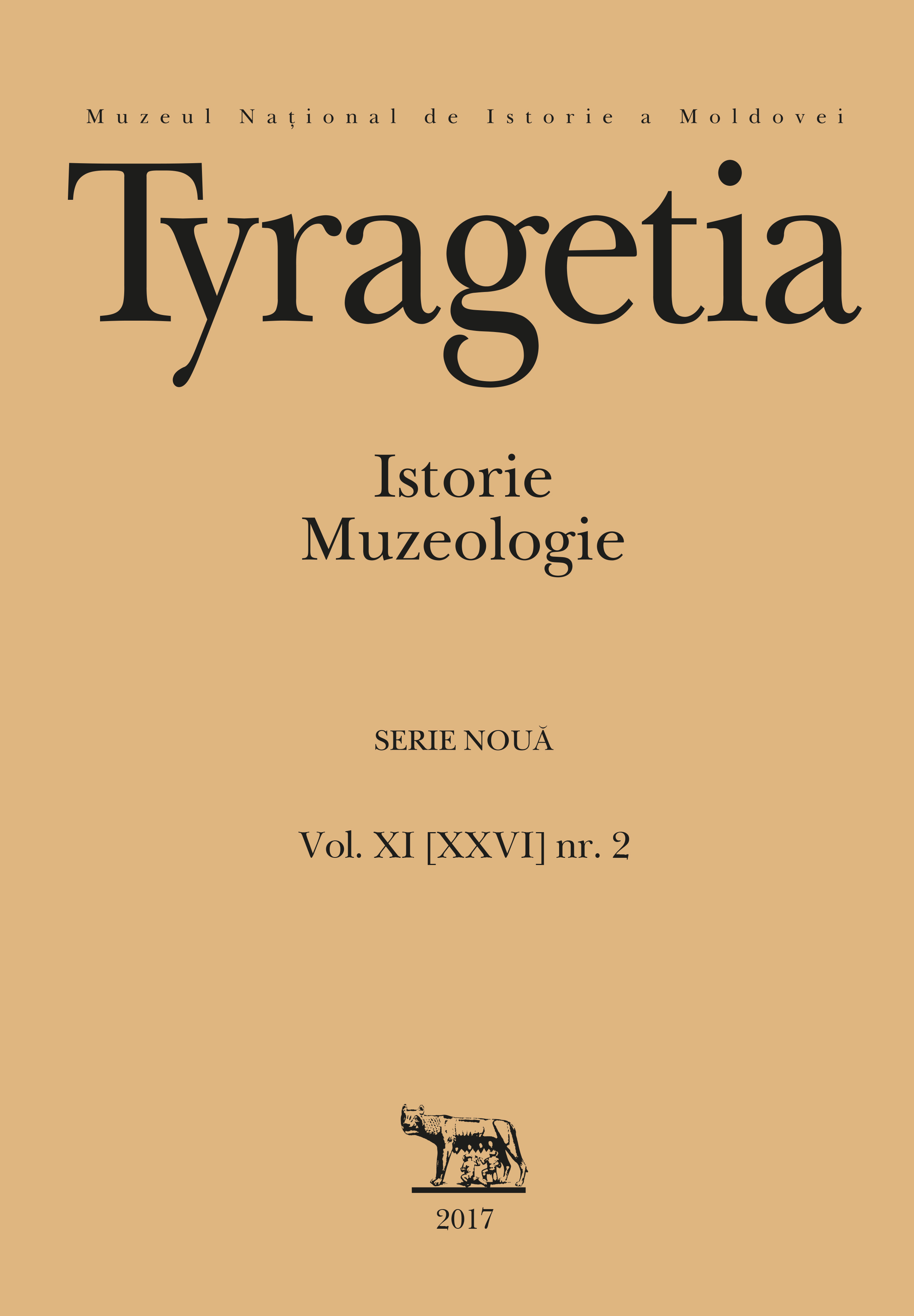Consideraţii privind componenţa socială şi etnică în şcolile agricole din Basarabia
Ethnic and social composition of Bessarabian agricultural schools
Author(s): Petru GolbanSubject(s): History
Published by: Muzeul Naţional de Istorie a Moldovei
Keywords: Bessarabia; 19th century; agrarian education; Cucuruzeni; Purcari; Grinauti; Zemstvo
Summary/Abstract: The initiative to open agricultural schools in the Bessarabian villages of Grinăuţi (Soroca Uyezd), Cucuruzeni (Orhei Uyezd), and Purcari (Akkerman Uyezd) arose in 1879 and belonged to the Provincial Zemstvo. These educational institutions were established by the Highest Decree of December 27, 1883.According to the decree, the aim of the lower agricultural schools was to spread knowledge about various branches of agriculture on the basis of practical exercises.In terms of social composition, the dominant category in these three educational institutions was the peasantry. In addition to peasant children, representatives of other estates - the petty bourgeoisie and the nobility, small employees and clergy – were also trained here.According to ethnicity, 75% of students in Bessarabian agricultural schools were Moldavians. In addition to Moldavians, the children of Russians, Ukrainians, Bulgarians, Poles, Germans, Armenians, and Karaites were trained here.
Journal: Tyragetia (Serie Nouă)
- Issue Year: XI/2017
- Issue No: 2
- Page Range: 141-146
- Page Count: 6
- Language: Romanian

